Loading...
Luxuriate in the comfort of plush trains and extra-large windows showcasing mind numbingly gorgeous landscapes. Be hypnotised by Edelweiss-dotted alpine meadows, soaring snow-capped mountains and brown-white cows sporting musical bells as you oscillate between cosmopolitan cities and church-dotted historic towns. Cuckoo clocks, cheesy fondue, incredible cable cars, wooden cottages and idyllic villages of Switzerland are calling. Why would you resist a chance to float into the heaven on earth?
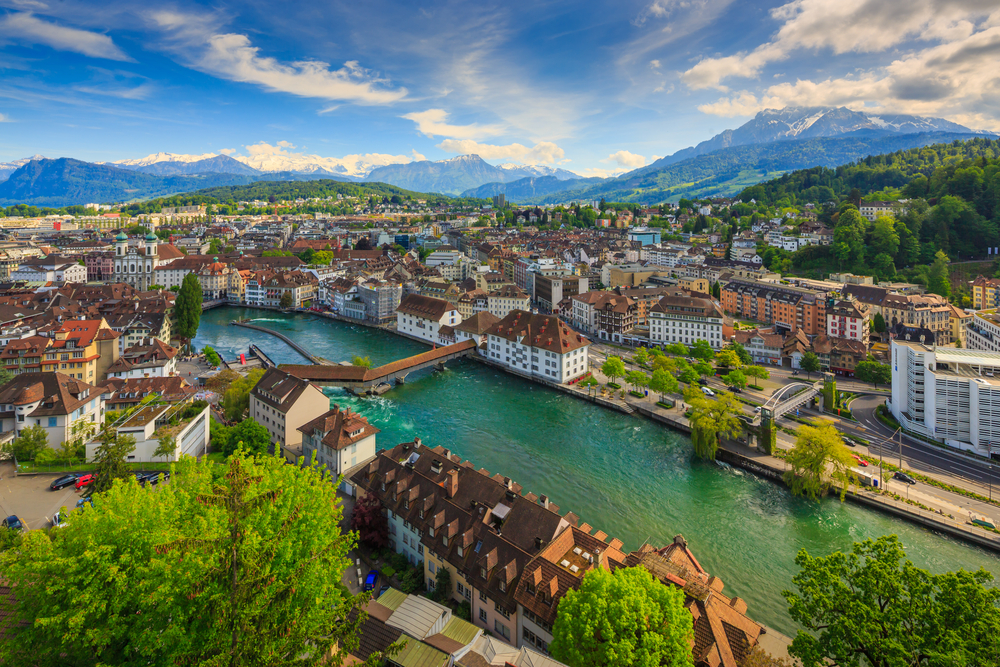
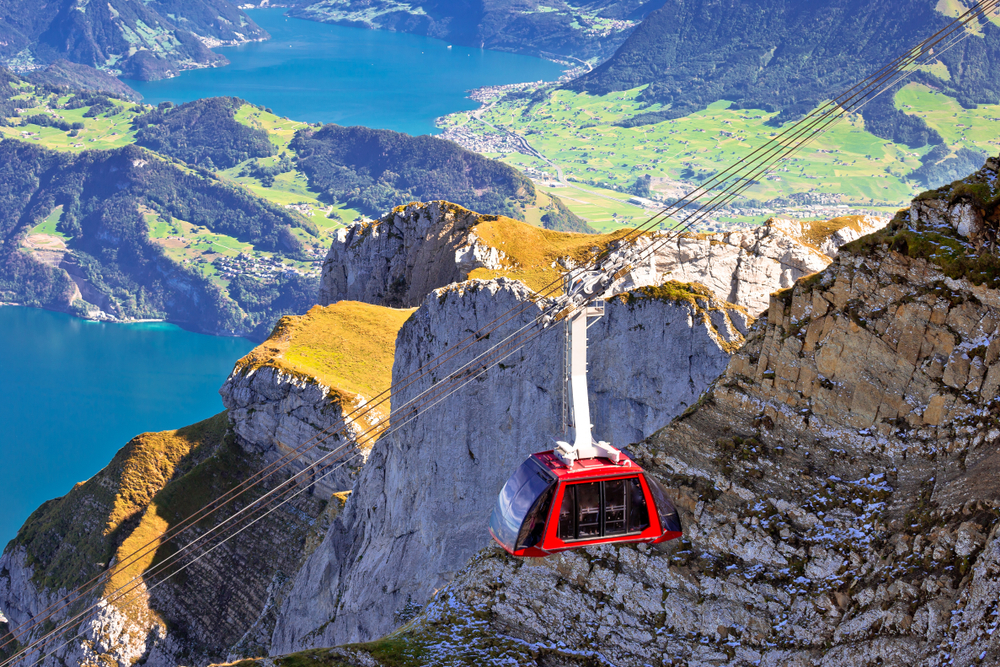
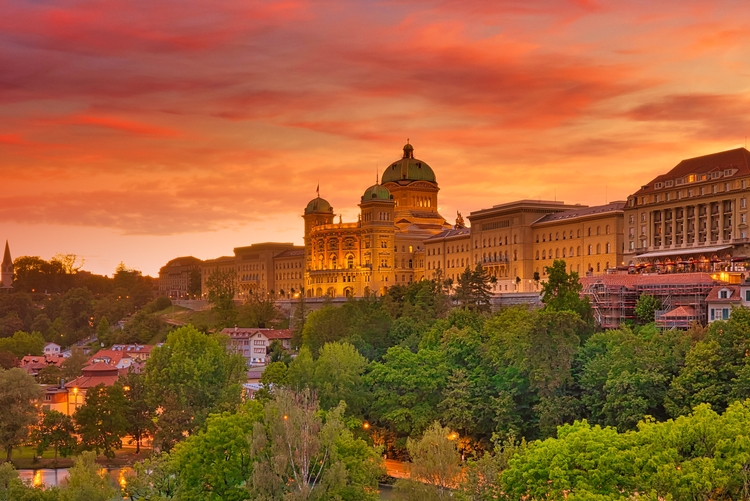

April to October

10 Days

Adventure, Food & Shopping, Living like a Local, Nature & Landscape

Luxury and High-end boutique hotels

Is that a little jig at first sight of Central Switzerland's gateway city, a meandering lake wrapped with gentle green hills and snow-capped peaks, from a height of 3700 feet at the Hammetschwand Elevator, the tallest outdoor elevator in Europe? Get playful with simulators and vintage locomotives at the Swiss Museum of Transport in Lucerne. Then, explore the frescoed buildings of the medieval Old Town, known for the baroque Jesuit Church, the flower-lined 14th-century Chapel Bridge and the famous Lion of Lucerne. Wrap it up with a folk performance by yodelers and alphorn players in the Altstadt.
Grand Hotel National Luzern

The Mt. Pilatus spectacle starts with a boat ride to Alpnachstad, from where you will board one of the steepest cogwheel trains in the world. Lose track of time as you fall under the irresistible spell of alpine meadows and rock formations en route to Pilatus. From terrace views of Lake Lucerne and Alps to the thrills of the Dragon Trail and Flower Trail and epic views from the cable car on the way back, the rewards continue to unfold. Sweeten the day even more with a chocolatier's workshop in Lucerne. You could get used to pouring bars and moulding pralines!
Grand Hotel National Luzern

Spend the day at Bern, the capital of Switzerland, located an hour away from Lucerne by train. Listed as UNESCO World Heritage Site, its old town is a visual delight with cathedrals, clock towers, arcaded boutiques and world-class museums. Peek into Einstein’s ancient home before you detour to the Barengraben (bear pits) for an unusual surprise. On the way back, discover the beauty of Lake Lungern from the viewing point Schoenbuehel. Dress to kill and party the night away at the lakefront Grand Casino on your last night in Lucerne.
Grand Hotel National Luzern
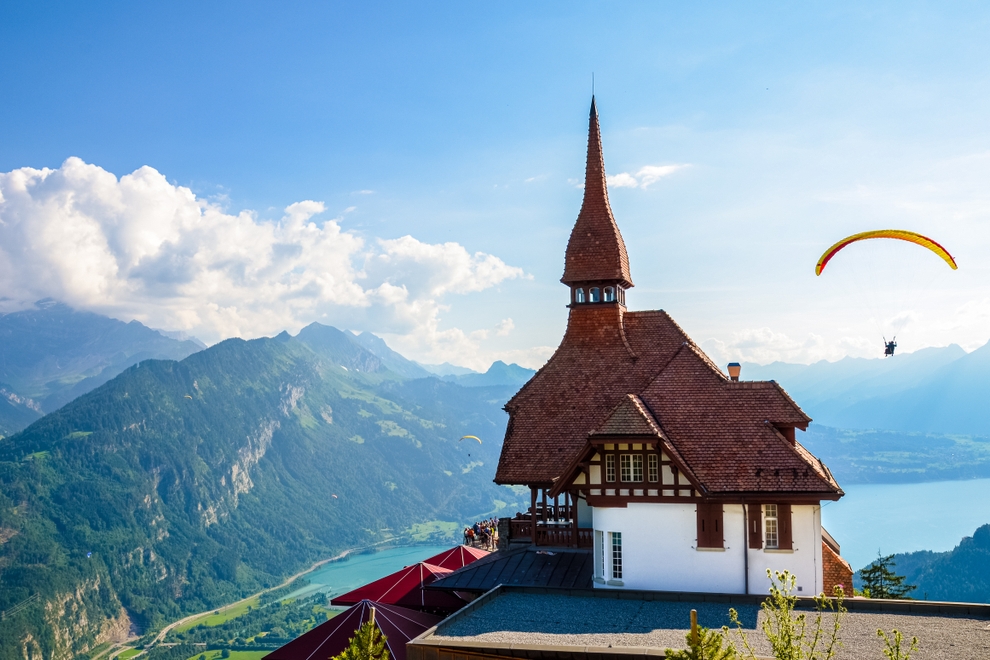
Glued to the train windows of the Golden Pass Line, you reach Interlaken in a blink. Make a quick stop at the pretty lakeside town of Brienz, surrounded by forested mountains on all sides. Amble through the beautiful resort town before riding the funicular up to the most popular attraction, Harder Kulm. Gasp at wide-angle vistas of Interlaken and the Eiger, Monch and Jungfrau Mountains, then walk till the end of the two-lake footbridge. If you love being edgy, think paragliding over the snowcapped Alps and rolling green hills dotted with idyllic cottages. Celebrate the good life with a delicious dinner and live music at the Goldener Anker.
Hotel Seiler au Lac
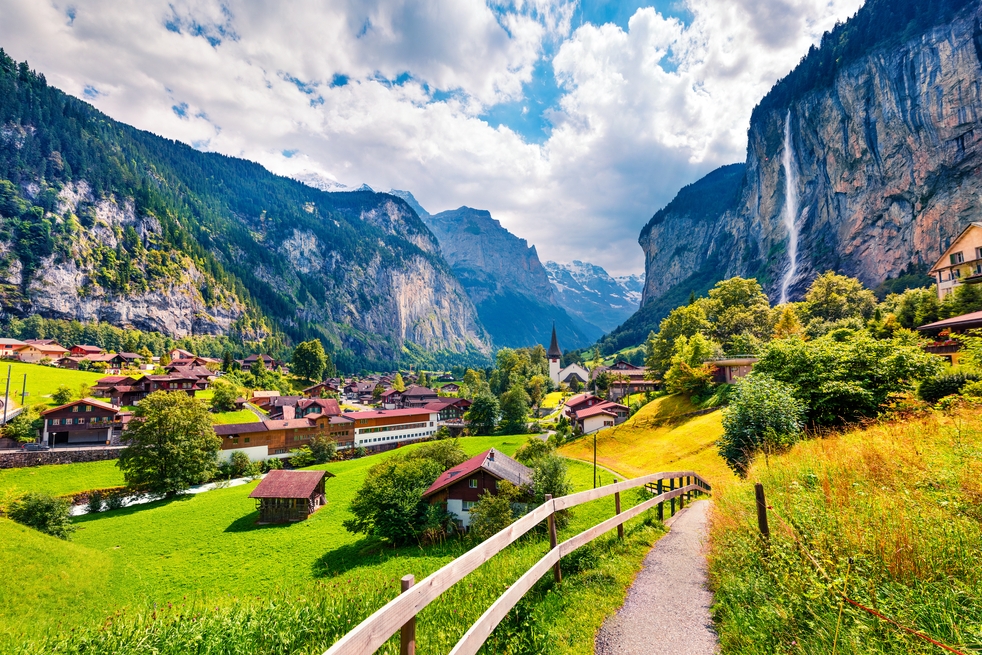
Ascend to the top of Europe, Jungfraujoch. Break journey at Lauterbrunnen to find the UNESCO World Heritage site of Trummelbach Falls, a series of 10 glacier-fed waterfalls hidden in a cave-like setting. Quaint Swiss villages, lush alpine meadows, rocky walls and a sea of glacier are your companions on the way to a white fantasy world of snow and ice. The observatory and ice castle are part of the epic experience at Jungfraujoch. While returning, stop at the picturesque village of Grindelwald, nestled in a valley under the Bernese Alps. How about some authentic Swiss souvenirs fresh off a buzzing main street lined with wooden chalets?
Hotel Seiler au Lac
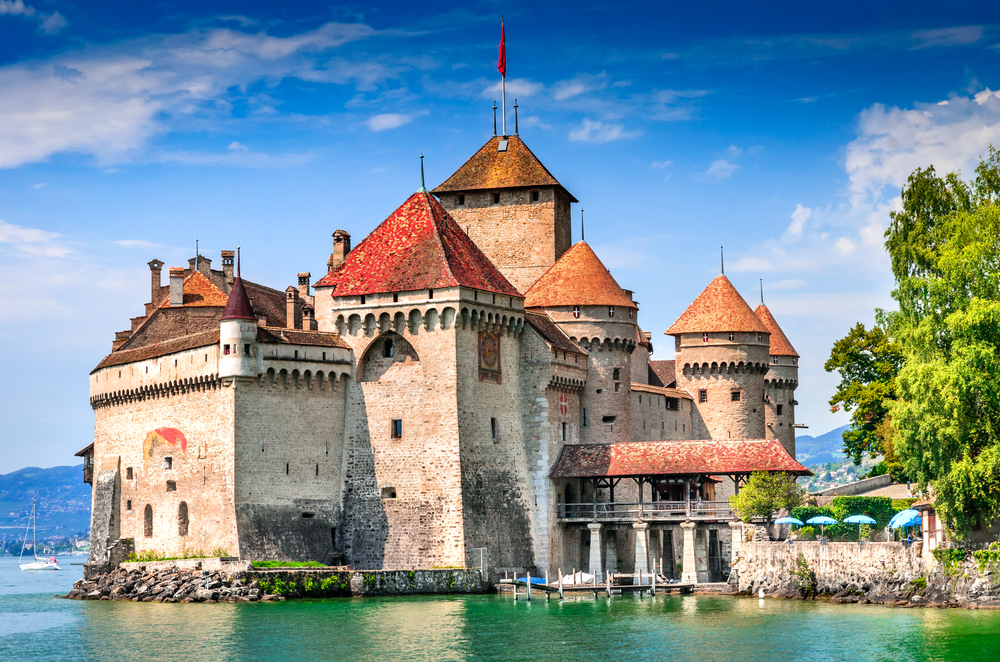
Travel by train to Montreux, staring at mesmeric landscapes of Lake Thun and Simmer Valley. Get lured into a storybook of medieval buildings and winding lanes of old Montreux, then linger at Davinda Lounge over a delicious luncheon. Reserve the afternoon for the 13th century Chateau de Chillon, a delightful oval-shaped fortress perched on the banks of Lake Geneva. Be regaled by the maze of courtyards, period furniture, artwork and lost legends. Take to the skies in a hot air balloon at the nearby town of Gstaad. Settle for sundowners at the flower-lined waterfront promenade of Lake Geneva at Montreux, dodging quirky sculptures.
Fairmont Le Montreux Palace
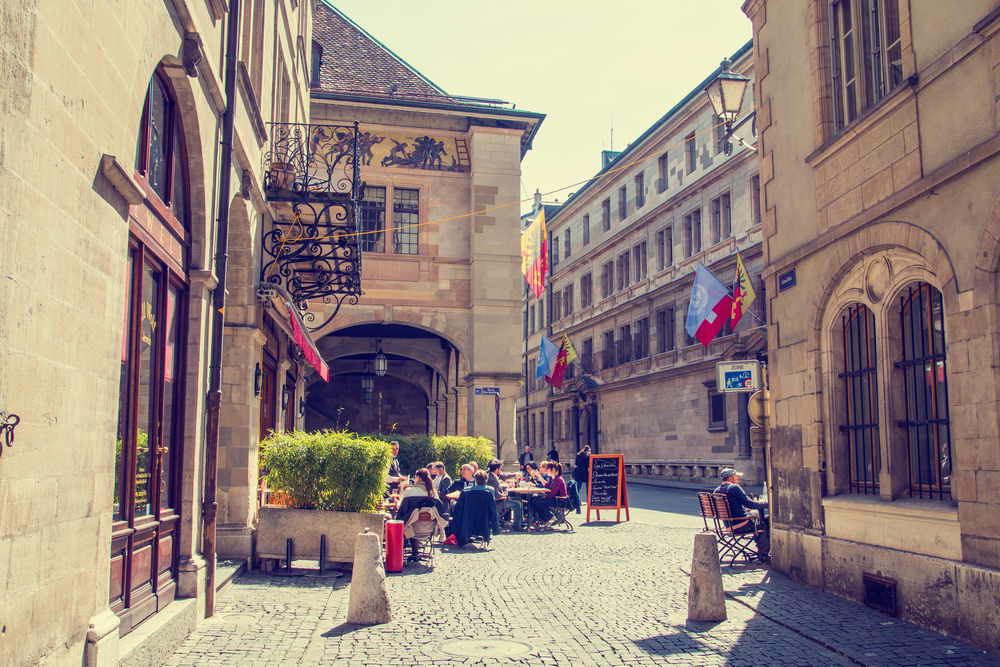
A green wonderland awaits you at the beautiful Lavaux vineyard terraces. Walk the well-trodden trails, stopping at wine cellars to taste the best of the dry and aromatic Lavaux wine. Continue to Geneva, the second-largest city of Switzerland, wedged between Lake Geneva and the foot of Mont Blanc. Pass the Jet d' Eau before you explore the cobbled streets of the atmospheric Old Town. Hang out at the vibrant bar, La Clemence in the Old Town. Splurge on luxury Swiss watches and fine jewellery in the iconic shopping areas of Rue du Rhone, Rue du Marche and Rue de la Croix d’Or.
Fairmont Le Montreux Palace
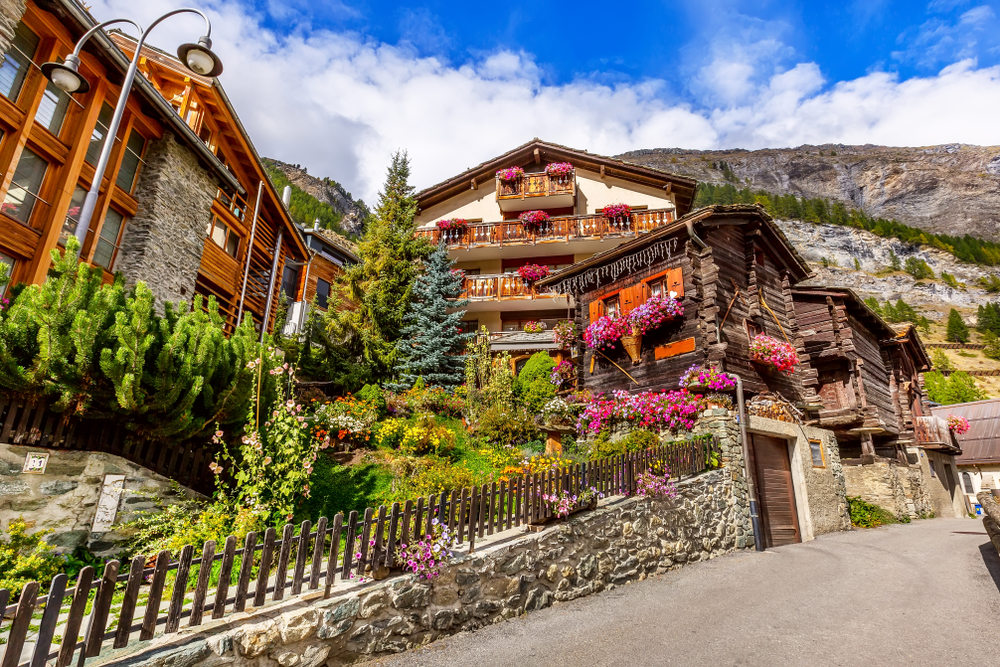
Seek crisp alpine air, world-class skiing and the pyramid shaped Matterhorn at the Swiss village of Zermatt. Spot the highest mountains in Italy, France and Switzerland from the observation platform of Klein Matterhorn and pose with chilly ice sculptures in the Glacier Palace. Add a hint of glamour by soaring above the Valais Mountains in a helicopter. Spend the evening roaming in Zermatt village. Dip into history at Kirchplatz (Church Square), the Kirchbrucke bridge and the Matterhorn Museum. Un-wind at Sparky's Bar & Restaurant to call it a day.
Europe Hotel & Spa
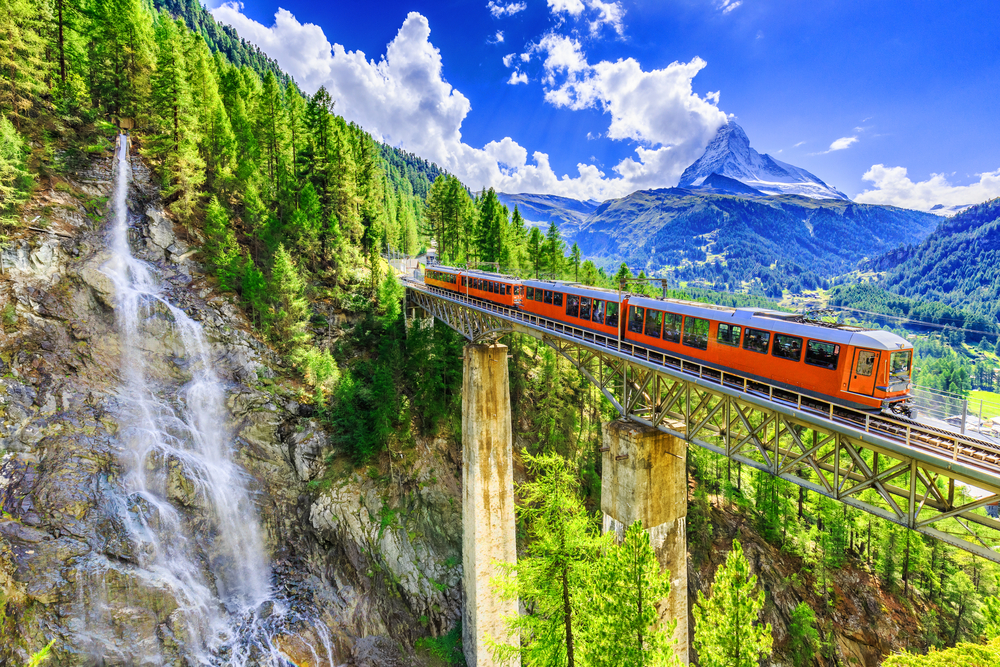
Think beyond skiing and snowboarding. Indulge in a session of fun-filled tobogganing on the snowy splendour or relax with a traditional Finnish sauna at the resort. In the afternoon, hit high notes with the 5-Seenweg hike to witness five glassy lakes, the mighty Matterhorn, snowy mountains and impressive glaciers. Deeper cravings? Disappear into a snowshoeing trail through Swiss stone pine forest, where ancient, gnarled trees and larches line the path. Settle for a classic Austrian meal with Matterhorn views on the terrace of Sonnmatten.
Europe Hotel & Spa

Hop on the train to Rotenboden to make yourself at home in a Romantic Igloo at the Igloo Village located 2727m above sea level, where igloos are rebuilt every year, designed by international artists. Decorated with snow art, equipped with sheepskins and expedition sleeping bags, this offbeat accommodation affords bragging rights like no slick luxury hotel can. Relish Swiss cheese fondue and homemade, white igloo mulled wine. Celebrate Switzerland's unique culture with Horuguet, a culinary hike which takes you through six restaurants perched in spectacular settings in the Zermatt Mountains to sample different regional specialties.
Europe Hotel & Spa
